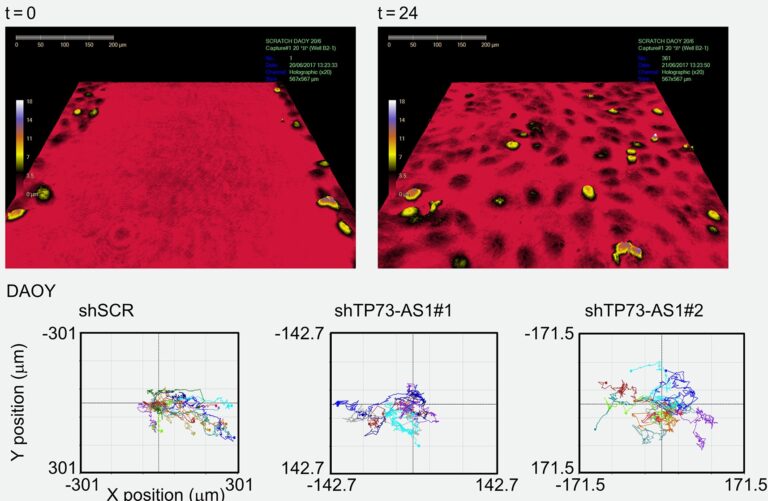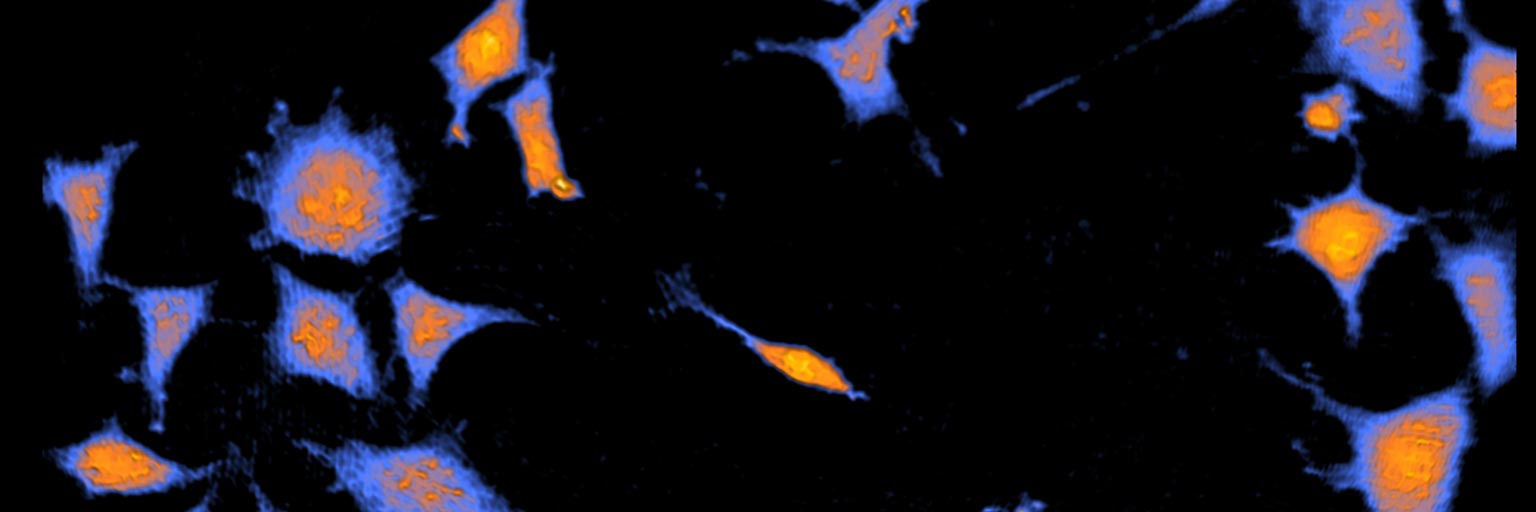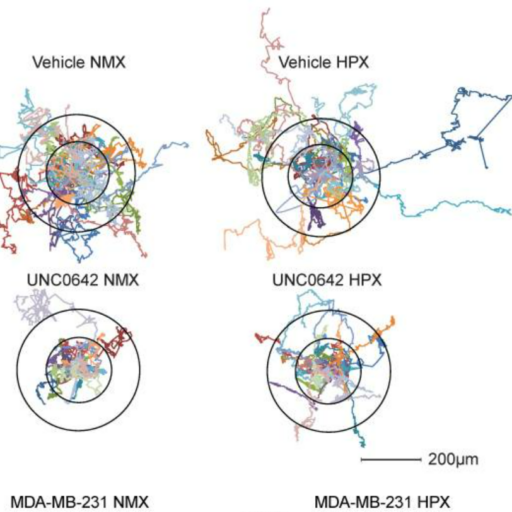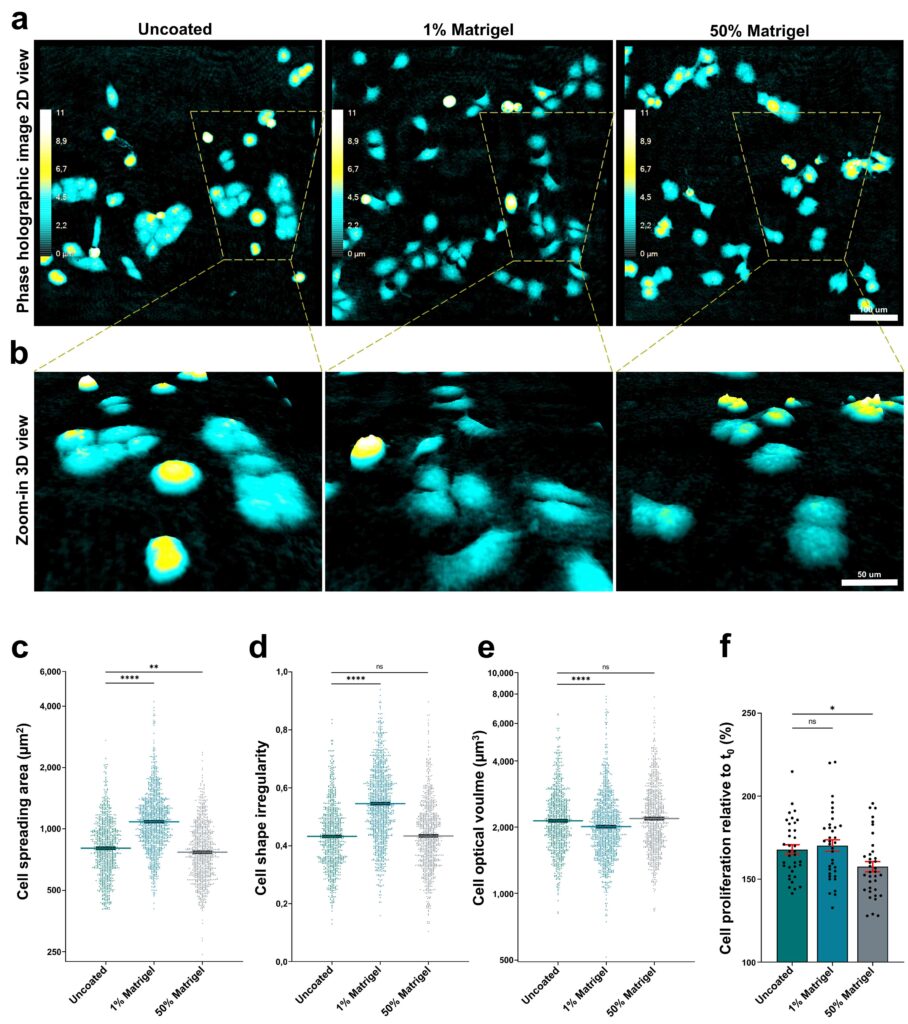Advancing Cancer Research with Quantitative Live Cell Imaging
Cancer is a leading human disease with persistently high mortality rates. Thus, understanding the how, where, why and with whom metastatic cancer cells disseminate and proliferate is one of the highest importance in cancer research. The HoloMonitor live cell imaging system advances your cancer research with a non-invasive way to measure and quantify cell activity in real-time without compromising the integrity of your precious cells. Therefore, you can get more accurate and native results from your experiments.

A live cell analysis tool with real-time data
Find out more about how HoloMonitor live cell imaging can accelerate your cancer research!
Featured publications within cancer research
Measure mitotic activity in melanocytes
Cutaneous melanoma is deadly skin cancer. The activating mutation BARFV600E mutation exists both in moles and over half cutaneous melanomas.
In this study, in order to investigate why the same mutation has such different consequences in moles and melanomas, the authors using HoloMonitor studied cell proliferation, cell dry mass, cell death and cell growth rate. The experiments showed by increasing the levels of two microRNAs in melanocytes induces mitotic failure, genome duplication, and proliferation arrest. BRAFV600E induces a similar proliferation arrest in primary human melanocytes that is both reversible and conditional depending on the differentiation state of the melanocyte.
On-demand webinar
The secrets to truly controlled cell experiments for cancer research
Find out how HoloMonitor provides better insights by analyzing proliferation, morphology and movement data for both single cells and cell populations.
Discover HoloMonitor Live Cell Assays
Learn more about what you can do with HoloMonitor
Answer cancer research questions with quantitative live cell imaging
24 hours time-lapse video of MDA-MB-231 breast cancer cells
72 hours time-lapse video of JIMT-1 breast cancer cells
Browsing publications in cancer research
Get inspired by other research fellows, and learn how HoloMonitor quantitative live cell imaging can benefit your cancer research:

CAT3, a prodrug of 13a(S)-3-hydroxyl-6,7-dimethoxyphenanthro[9,10-b]-indolizidine, circumvents temozolomide-resistant glioblastoma via the Hedgehog signaling pathway, independently of O6-methylguanine DNA methyltransferase expression
Journal: OncoTargets and Therapy (2018)
Research Areas: Cancer research
Cell Lines: U251/TMZ and T98G

Quantification of mammalian tumor cell state plasticity with digital holographic cytometry
Journal: SPIE Conference Proceedings (2018)
Research Areas: Cancer research
Cell Lines: Human melanoma cell

A Time-lapse, Label-free, Quantitative Phase Imaging Study of Dormant and Active Human Cancer Cells
Journal: JoVe (video journal) (2018)
Research Areas: Cancer Research
Cell Lines: KHOS
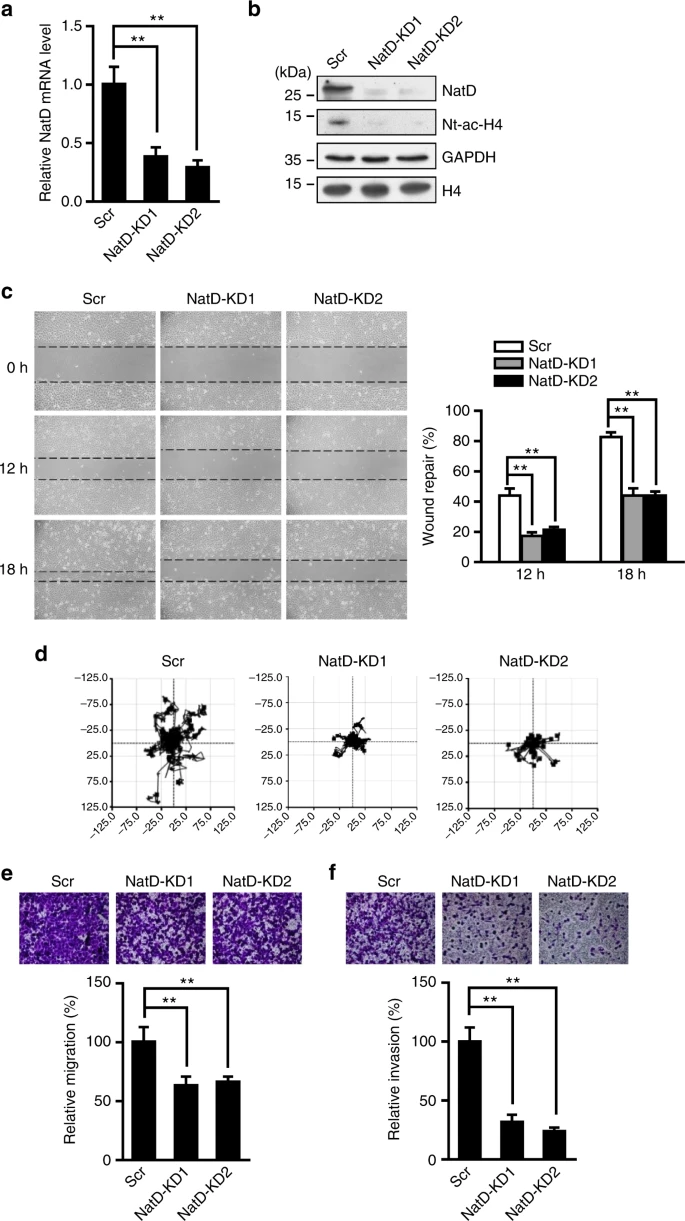
NatD promotes lung cancer progression by preventing histone H4 serine phosphorylation to activate Slug expression
Journal: Nature Communications (2017)
Research Areas: Cancer research
Cell Lines: human lung cancer cells

The role of Vimentin in Regulating Cell Invasive Migration in Dense Cultures of Breast Carcinoma Cells
Journal: Nano Letters (2017)
Research Areas: Cancer research
Cell Lines: MDA231

Interleukin-6 blockade attenuates lung cancer tissue construction integrated by cancer stem cells
Journal: Scientific Reports (2017)
Research Areas: Cancer research
Cell Lines: A549

